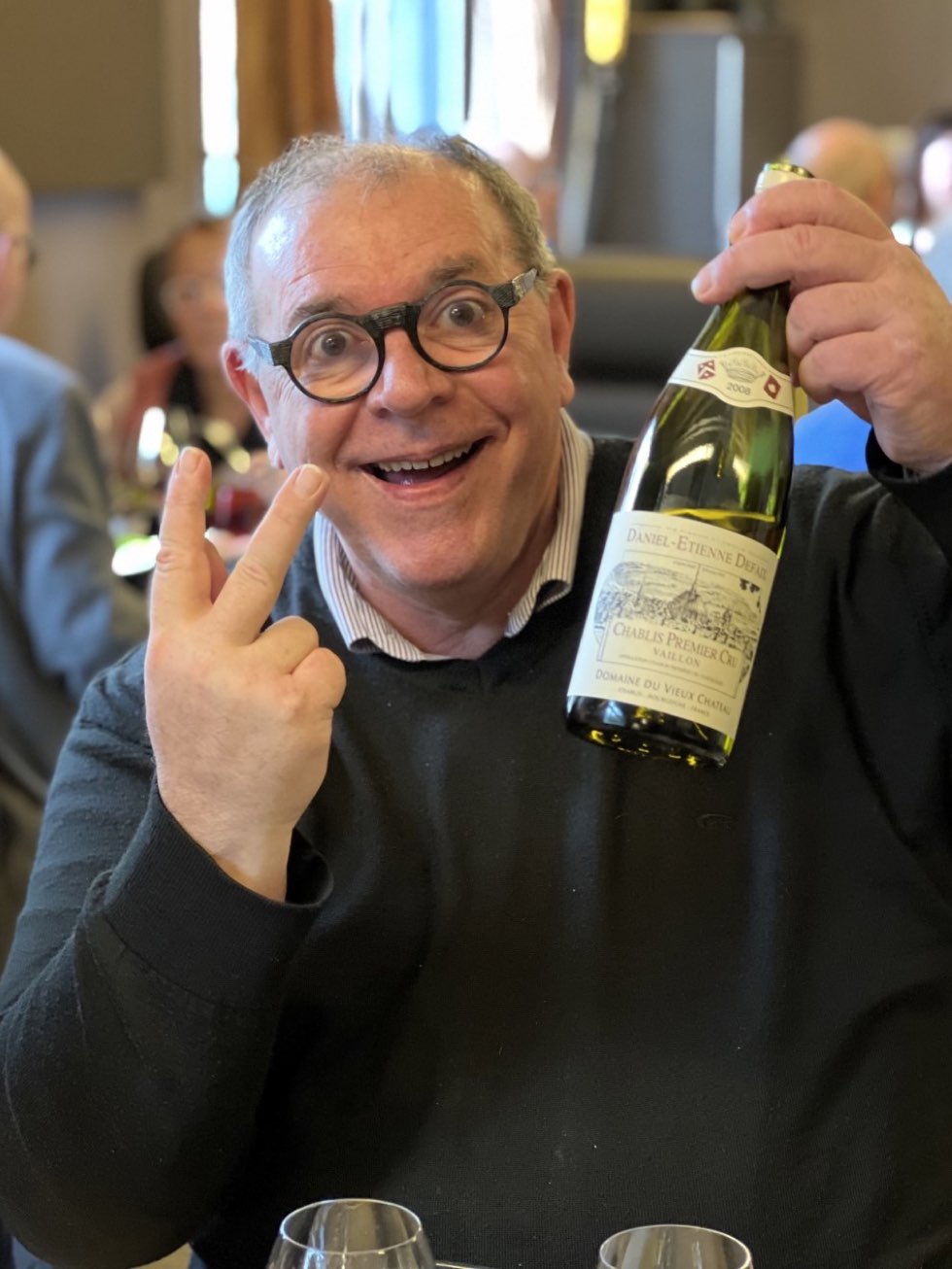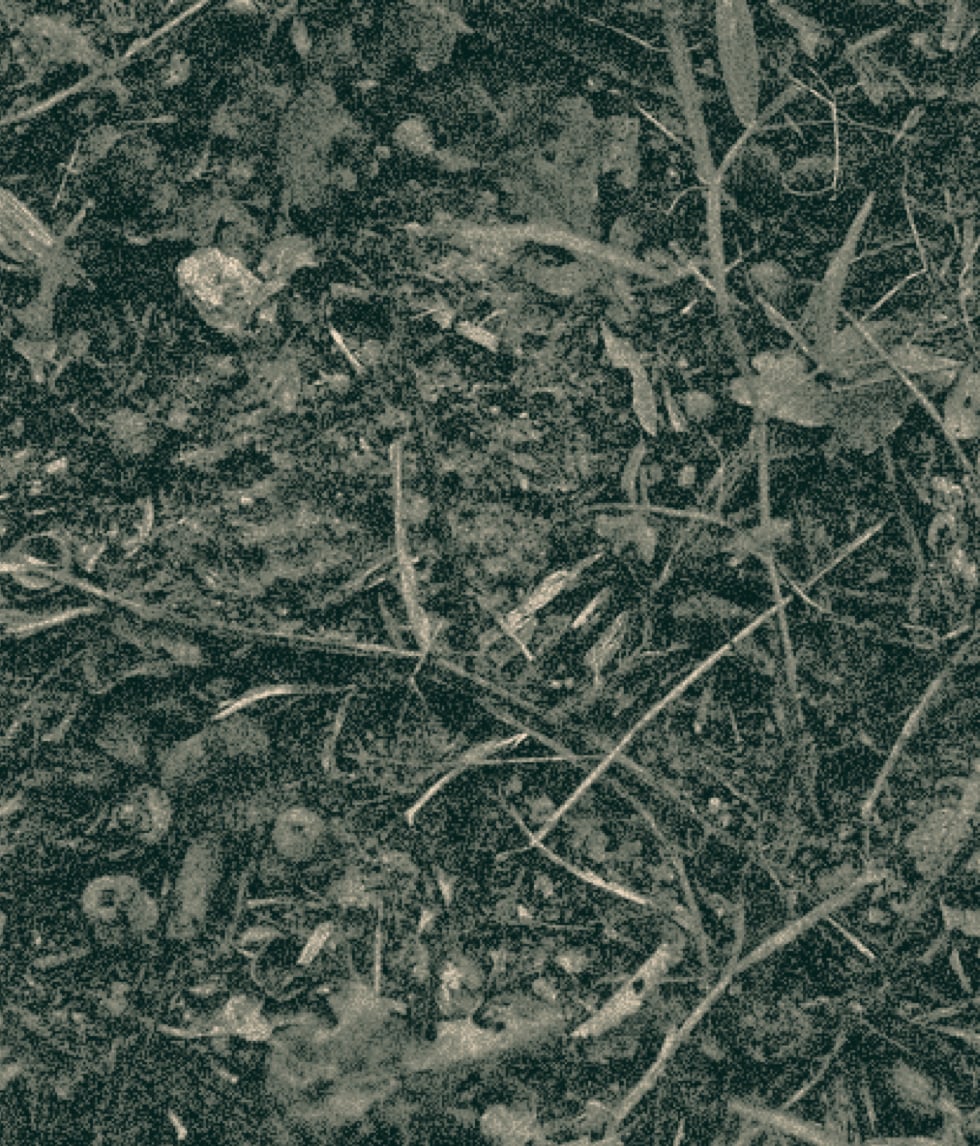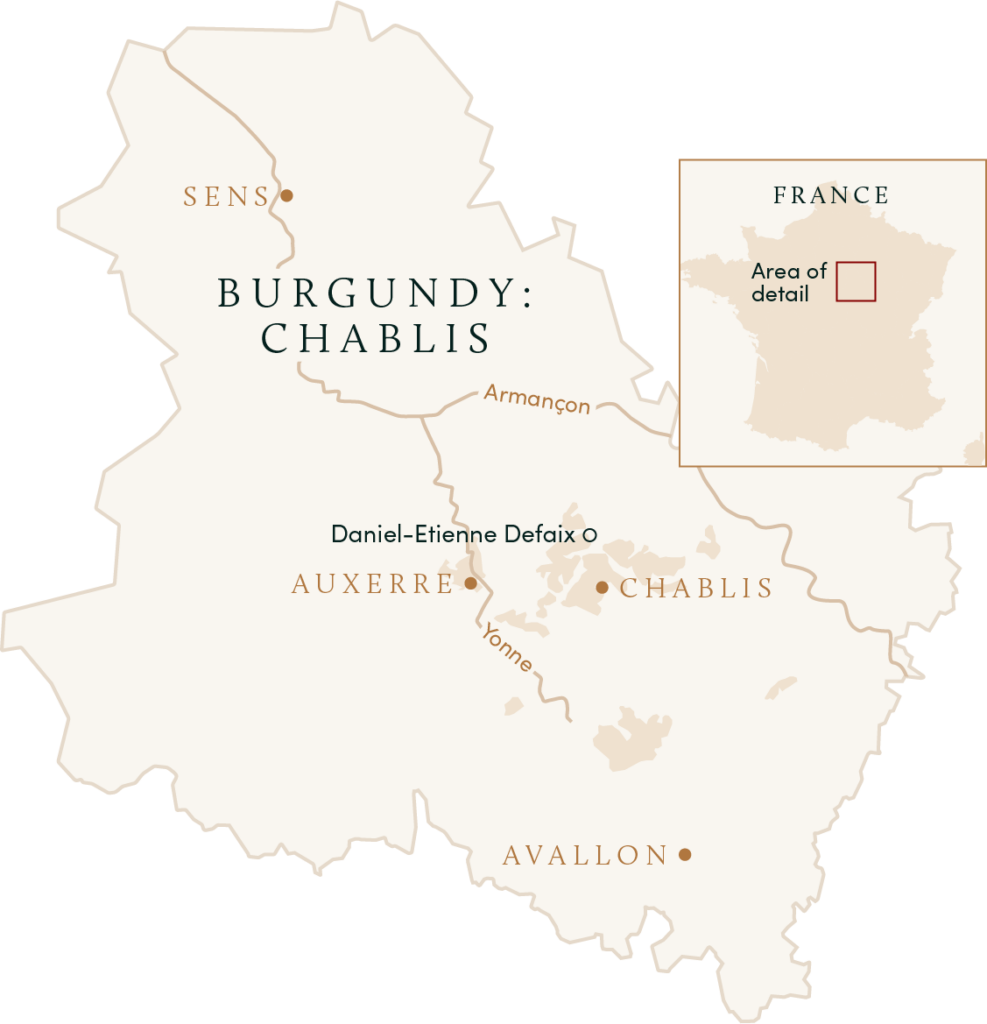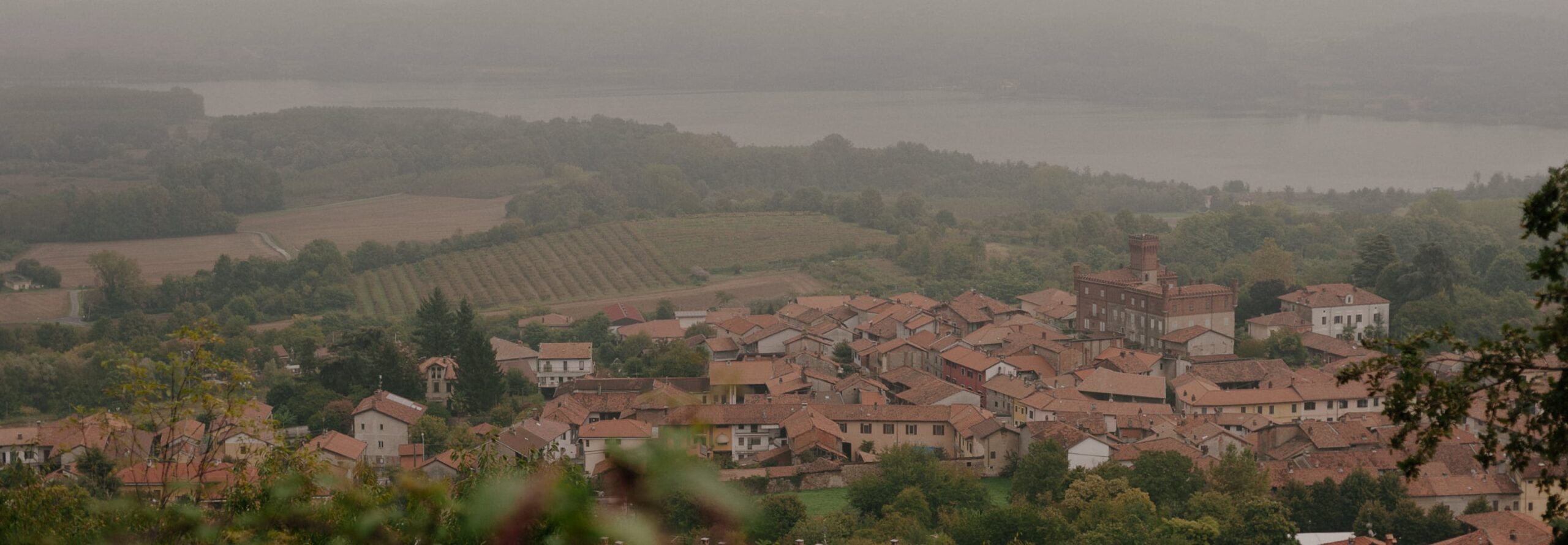We are fortunate to work with the exuberant Daniel-Etienne Defaix, whose family has been plying their trade in and around Chablis since the 17th century. In generations past, long aging in Chablis was more the rule than the exception, but today Danny is virtually alone in that practice. The Defaix family—one of the oldest winegrowing families in the region—owns thirty hectares of vines, the vast majority of which are in premier and grand cru vineyards, but Danny designates only his best lots each vintage as cru-level, declassifying the remainder as villages. Astonishingly, he bottles these cru-level wines only after eight to ten years of aging in tanks, therein undergoing a slow natural settling which prevents the need for filtration.
Long aging, however, is not the only way in which Defaix distinguishes himself. He relies exclusively on naturally occurring yeasts—a rare practice in Chablis—and his fermentations routinely last between three and six weeks (inoculating gets it done in four-to-six days), with malolactic fermentation sometimes requiring two years to finish in his frigid cellar. He favors extraordinarily long lees contact, but employs stirringonly for the first two years, and then only seldom; this extended period of yeast autolysis guards a wine’s color and promotes a generosity of texture, according to Danny. Furthermore, it takes a significant amount of time for the lees to settle, and Defaix relies on patience rather than fining or filtration—two practices which are par for the course in the region.


At harvest a strict triage is done to eliminate unripe and unhealthy grapes; the grapes are pressed slowly for three hours, separated parcel by parcel, with only the finest juice maintained for bottling at the domaine.
Farming
Lutte Raisonnée
Treatments
Synthetic treatments only when necessary
Ploughing
Annual ploughing to promote soil health
Soils
Kimmeridgian limestone-clay marls
Vines
Average age 42 years, trained in Guyot and planted at 6,500 vines/ha
Yields
Controlled with severe winter pruning, debudding, and green harvesting
Harvest
All wines are machine harvested.
PURCHASING
Entirely estate fruit
Fermentation
Following total destemming and pressing, wines ferment spontaneously in stainless-steel tanks for 3-4 weeks
Extraction
Bâtonnage employed during the first 2 years of élevage
Chaptalization
Chaptalization when necessary
Pressing
Pneumatic pressing
Malolactic Fermentation
Spontaneous, beginning in tank in the spring and lasting up to 2 years
Élevage
Wines age in stainless-steel tanks for 3-10 years
LEeS
1 year for village wines, 3 years for 1er Cru and Grand Cru wines
FINING & FILTRATION
Bentonite fining, diatomaceous earth filtration when necessary
SULFUR
Applied after fermentation, at rackings, and at bottling



